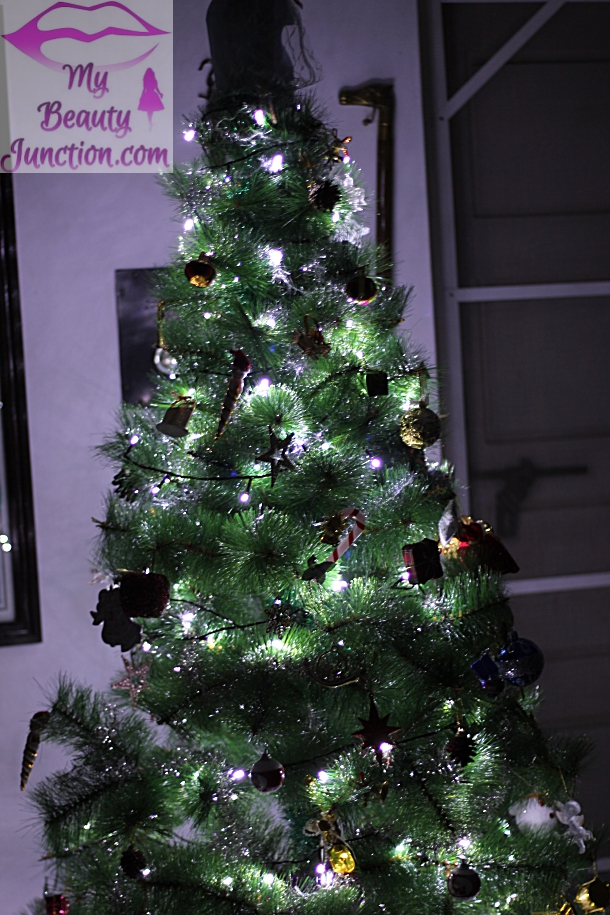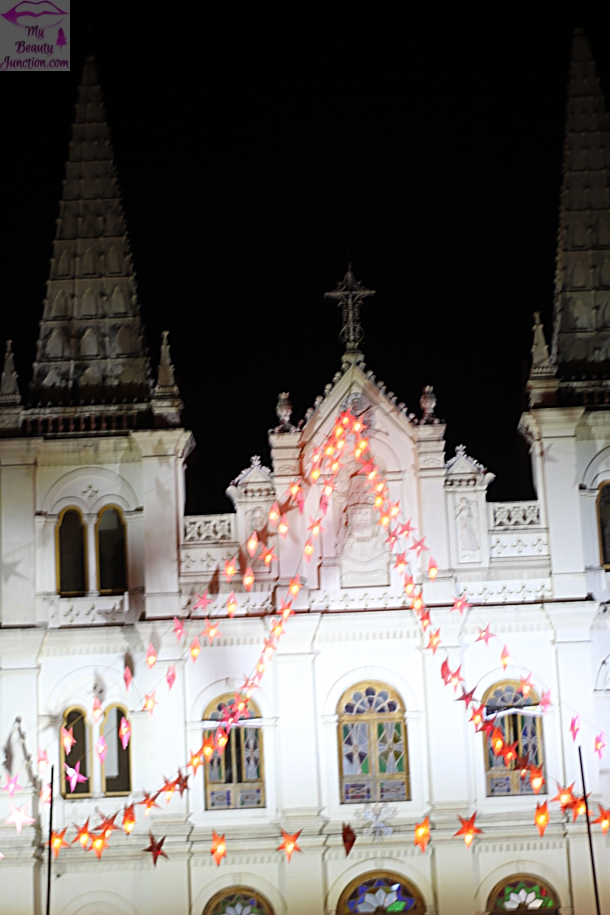
It is Christmas Eve! Merry Christmas to you and yours! Christmas is my favourite time of the year, followed by April (my birthday). I hope you are having the most beautiful Christmas of your life.
A hundred years ago, on this very day... it was Christmas. Christmas in a world at war. At war with itself.
Man killing man. The ugliest sight ever. And yet, in those killing fields, the brave men who were sent there merely to obey orders and kill each other without rhyme or reason created a beautiful Christmas on this very day in 1914, perhaps the most beautiful Christmas since the first one in Bethlehem more than 2,000 years ago. This post is about that beautiful Christmas, created amid some stark ugliness, and includes local sights from Christmas 2014.
 |
| War memorial marking the names of those who were killed in action in WWI from my home town |
On December 24, 1914, the Christmas Truce took place. One moment, the trenches were filled with horror. The next moment, the guns fell silent and the strains of Silent Night, Holy Night, rose out of both the British* and the German trenches. Suddenly, without word or warning, without orders to that effect, soldiers left their trenches to meet their designated foe in no-man's land - not to maim or kill, but to shake hands and exchange greetings and whatever gifts they could find in their packs and pockets, and to swap food and goodwill.
 |
| WWI memorial from my Gramps's hometown. |
Someone organised an impromtu football match with a food tin. Yet others managed to bring tobacco, chocolates and alcohol for the party. This was not restricted to one particular location, but in sporadic areas along the Western Front^. But the news spread.
 |
| My Christmas tree at night. |
 |
| The 510-year-old Santa Cruz Basilica at 9 p.m. tonight, ready for midnight mass. |
In some places, the truce continued until the New Year. Unfortunately, attempts from both sides to recreate the Christmas Truce in 1915 and beyond failed as the War became more intense and horrifying, and strict orders were given not to fraternise with the enemy. It was only in 1914 that this impromtu event took place.
Before I go away to celebrate with my family, I take the liberty of sharing my favourite war poem, penned by Canadian Lt Col Dr John McRae.
In Flanders fields the poppies blow
Between the crosses, row on row,
That mark our place; and in the sky
The larks, still bravely singing, fly
Scarce heard amid the guns below.
We are the Dead. Short days ago
We lived, felt dawn, saw sunset glow,
Loved and were loved, and now we lie
In Flanders fields.
Take up our quarrel with the foe:
To you from failing hands we throw
The torch; be yours to hold it high.
If ye break faith with us who die
We shall not sleep, though poppies grow
In Flanders fields.
The Christmas Truce, I believe, is very relevant today, when man continues to kill man (and man-cubs, to quote The Jungle Book), for no real rhyme or reason apart from irrelevant perceived grievances. Can we bury hatred for this one night? Thoughts and prayers go out to those on war duty tonight around the world, and to their families.
If you have not had enough of Christmas in the First World War, I highly recommend this article featuring Christmas greetings from a hundred years ago. Warning: Some of them may be considered politically incorrect and/or racially offensive in today's world.
I have not enjoyed writing a post this much in ages. Thank you for reading this blog until today, thereby giving me a reason and an opportunity to write this post. I mean that from my heart.
Once again, I hope you and yours have the best Christmas ever!
Notes
*Other Allied forces, especially the French, did participate in tacit truces, and there is a record of an Eastern Front truce among the Russians and the Austrians, but the most widespread ceasefires recorded in Christmas 1914 involve the British and German sides.^The Western Front and the Eastern Front denote the two geographical confines of World War I.
Photographs featured in this post are entirely mine and include a Christmas tree and ornaments in my private collection, the local Church and war memorials.
The article here is mine. My Gramps had told me this story when I was a student and I had read about the Christmas Truce in several WWI books/articles before. The link to the poem is provided within the article. I referred to the Imperial War Museum's website for dates and names.





.JPG)

2 comments:
Write comments